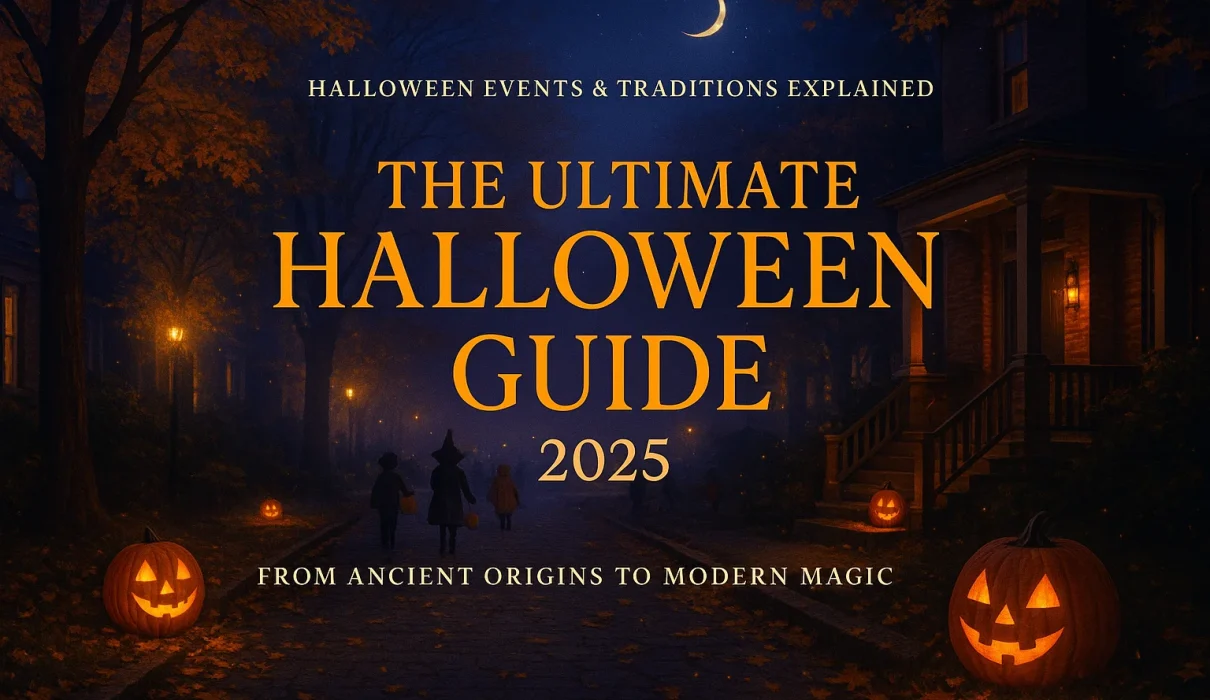Halloween is a special time of year when creativity, imagination, and community come together. Every October 31, millions of people around the world celebrate this spooky but joyful holiday through costumes, candy, and themed events. From haunted houses and ghost tours to pumpkin carving and family festivals, Halloween offers something for everyone.
This guide explores everything you need to know about Halloween. It covers its history, cultural meaning, classic and modern activities, global celebrations, and even the science behind people’s love of fear. It also answers common questions such as what Halloween is, the most popular Halloween candy, and what the weather is typically like on that day.
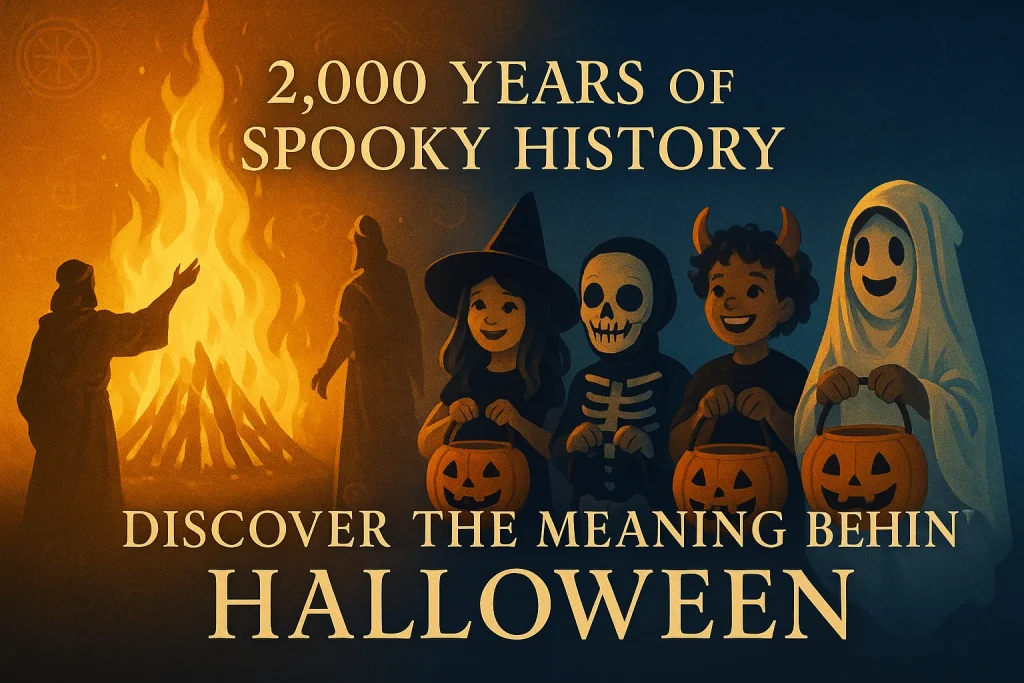
What Is Halloween
Halloween is a festival celebrated on October 31 each year. The word “Halloween” comes from “All Hallows’ Eve,” which is the evening before All Saints’ Day in the Christian calendar. However, its origins are even older, tracing back over 2,000 years to the Celtic festival of Samhain.
The ancient Celts celebrated Samhain at the end of the harvest season and the start of winter. They believed that on this night, the boundary between the living and the dead became thin, allowing spirits to roam the earth. To protect themselves, people lit bonfires and wore costumes made from animal skins to disguise their identities.
When Christianity spread across Europe, the Church adapted the festival and renamed it All Hallows’ Eve. Over time, it became the modern Halloween we know today. Irish and Scottish immigrants later brought these customs to North America in the 1800s, where Halloween evolved into a fun, family-friendly holiday.
Today, Halloween is celebrated worldwide with costume parties, trick-or-treating, pumpkin carving, haunted attractions, and themed events. It represents a blend of ancient folklore, community fun, and creativity.
Traditional Halloween Activities
Trick or Treat
Trick-or-treating is the most recognizable Halloween tradition. Children dress in costumes and go door to door, saying “Trick or treat!” to collect candy. The phrase means that if no treat is given, a small prank might follow, though it is usually just playful fun.
Parents often join their children on these neighborhood walks, turning it into a family bonding activity. Some communities even host organized trick-or-treat events in parks or malls to ensure safety.
Pumpkin Picking and Carving
Visiting a pumpkin patch is one of the most enjoyable ways to celebrate Halloween. Families choose pumpkins of all shapes and sizes to carve into jack-o’-lanterns. Carving faces or patterns into pumpkins and lighting them with candles or small lights is believed to ward off evil spirits.
Halloween Parties
People love hosting and attending Halloween parties. These can range from simple home gatherings to large community events. Costumes are the highlight, with prizes often given for the best-dressed guests. Parties typically include themed snacks, music, and games such as bobbing for apples or Halloween trivia.
Watching Horror Movies
Some people prefer to spend Halloween at home watching scary or spooky movies. Families may enjoy friendly films like Hocus Pocus, while adults might choose horror classics such as Halloween or The Conjuring. Movie marathons bring the spirit of the season indoors for a cozy night of fright and fun.
Haunted Attractions and Thrilling Adventures
For those who enjoy excitement, Halloween offers a wide range of frightening but entertaining experiences.
Haunted Houses
Haunted houses are one of the most popular Halloween attractions. They are designed with eerie lighting, creepy sound effects, and actors dressed as ghosts, zombies, or monsters. The goal is to give visitors a fun scare. Each haunted house has its own theme, such as an abandoned asylum or haunted castle.
Haunted Hayrides
Haunted hayrides take visitors on a nighttime journey through dark fields or forests. Actors and sound effects create jump scares along the way. The experience combines the beauty of the countryside with the thrill of surprise.
Corn Mazes
Corn mazes are another fall favorite. During Halloween, many farms turn them into spooky adventures filled with fog machines and themed decorations. Navigating through the tall stalks of corn is both challenging and entertaining.
Ghost Tours
Ghost tours offer a more historical kind of thrill. Visitors explore old buildings, cemeteries, and famous landmarks while guides share stories of ghosts, mysteries, and legends. These tours are especially popular in historic towns and cities.
Halloween Festivals and Community Celebrations
Halloween festivals are large public events that bring entire communities together. They usually include food stalls, music, parades, and games for all ages.
What to Expect at a Halloween Festival
A typical Halloween festival may feature:
- Costume parades and contests
- Live music and performances
- Street food and seasonal treats like pumpkin pie
- Craft stalls selling handmade decorations
- Family activities such as face painting and photo booths
Some festivals also have charity runs or fundraising events, showing that Halloween can be about giving back to the community as well as having fun.
Unique and Elegant Halloween Experiences
Not all Halloween events are designed to scare. Many people prefer experiences that are creative or culturally rich.
Candlelight Concerts
Candlelight concerts are intimate musical performances held in dimly lit spaces such as churches or historic buildings. The glow of hundreds of candles creates an enchanting atmosphere. The music can range from classical pieces to popular movie themes with a Halloween twist.
Themed Dinners and Parties
Restaurants and hotels often host Halloween-themed dinners featuring seasonal menus and creative presentation. Guests might enjoy pumpkin soup, roasted vegetables, and spooky desserts. These events are elegant alternatives to traditional parties.
Halloween Markets
Halloween and autumn markets are popular in many cities. They sell handmade goods, seasonal food, and festive home décor. Visitors can find everything from scented candles to handcrafted costumes, supporting local artisans while getting into the holiday spirit.
What Is the Most Popular Halloween Candy
Candy is a huge part of Halloween. Each year, millions of pounds of sweets are handed out to trick-or-treaters. While preferences vary by country and region, several types consistently top the list of favorites.
In the United States, Reese’s Peanut Butter Cups are often ranked as the most popular Halloween candy. Other favorites include Snickers, Kit Kat, M&Ms, Skittles, and Twix. These candies are small, easy to share, and loved by both kids and adults.
In other countries, chocolate bars and fruit-flavored candies are also common choices. The tradition of giving sweets is meant to symbolize generosity and joy, reinforcing the fun and friendly nature of Halloween.
What Is the Fear of Halloween Called
The fear of Halloween is known as Samhainophobia. The name comes from “Samhain,” the ancient Celtic festival that inspired Halloween, combined with the Greek word “phobia,” meaning fear.
People who have Samhainophobia may feel intense anxiety about anything related to Halloween, such as costumes, darkness, or scary decorations. The fear can result from negative experiences, horror movies, or cultural associations with death and the supernatural.
While it is not very common, Samhainophobia is a recognized condition. For those affected, gradual exposure, relaxation techniques, or professional therapy can help reduce fear and anxiety related to the holiday.
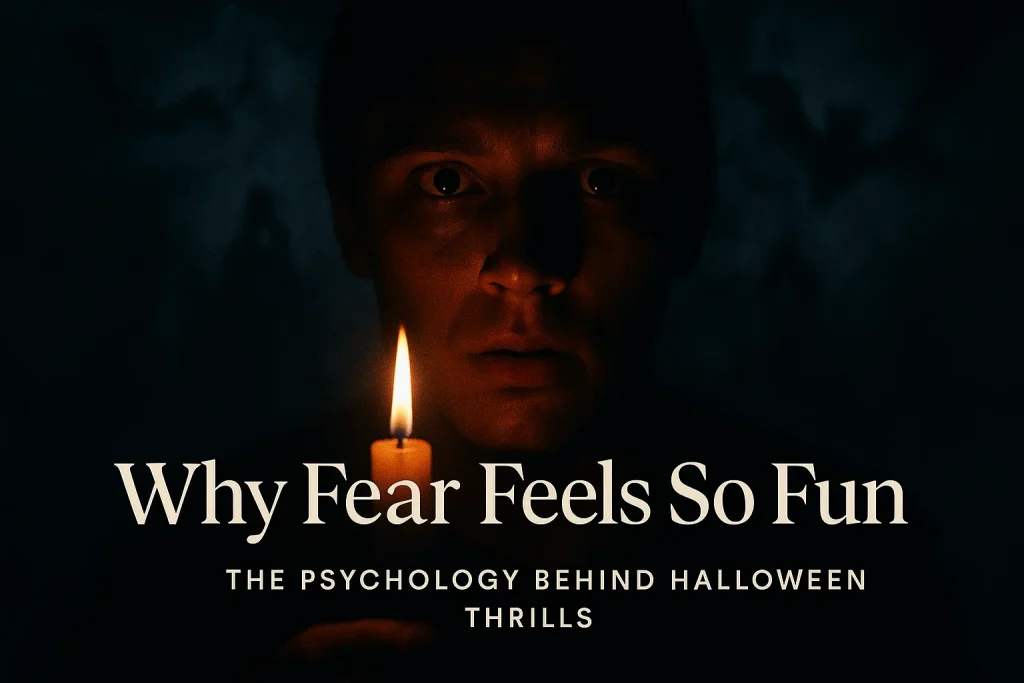
What Is the Weather Like on Halloween
Halloween falls in late October, which is part of the autumn season in most parts of the Northern Hemisphere. This means that the weather is usually cool, crisp, and slightly chilly, with shorter days and longer nights — perfect for spooky celebrations.
In the United States and Canada, average temperatures range from 45°F to 65°F (7°C to 18°C), depending on the region. Some areas may experience light rain or wind, while others enjoy clear, cold evenings.
In Europe, countries like the UK, Ireland, and Germany also have cool, damp weather around Halloween, adding to the mysterious atmosphere. In the Southern Hemisphere, where October falls in spring, Halloween is celebrated in warmer conditions.
Because weather can vary widely, many families plan indoor or mixed indoor-outdoor events to ensure their celebrations continue regardless of rain or cold.
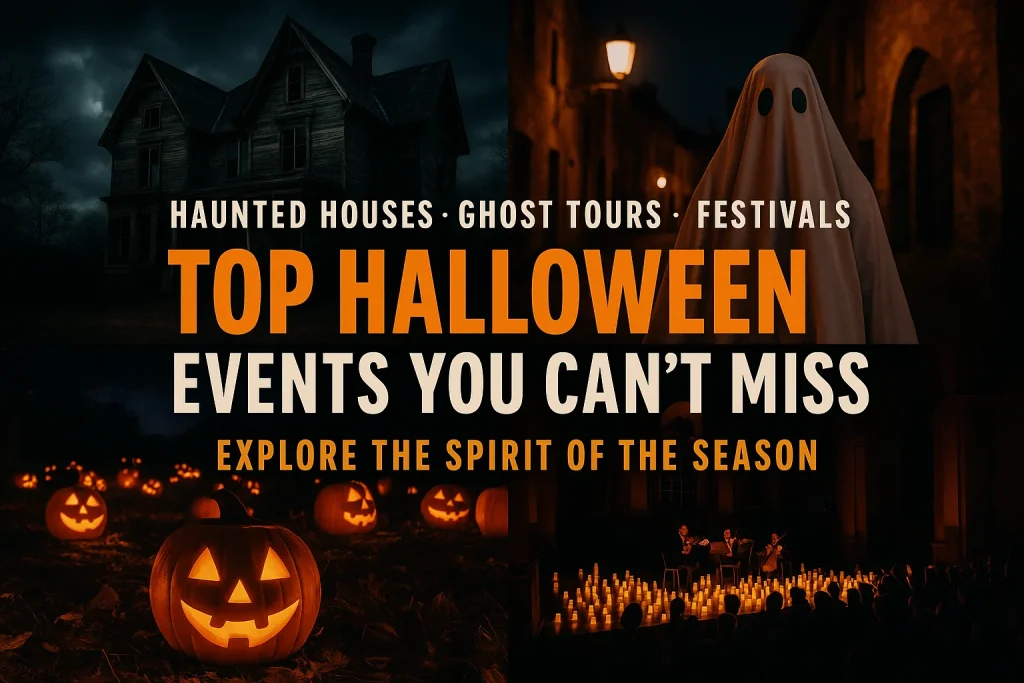
Modern Halloween Trends
Halloween continues to evolve every year, influenced by technology, culture, and new ideas.
Virtual Celebrations
Many people now celebrate Halloween online. Virtual costume contests, digital ghost tours, and live-streamed events have become popular options, especially when people cannot gather in person.
Pop Culture Costumes
Movies, TV shows, and internet trends heavily influence Halloween costumes. Each year brings new inspirations — from superheroes and celebrities to viral memes.
Eco-Friendly Practices
More people are choosing sustainable ways to celebrate Halloween. They reuse costumes, create DIY decorations, and choose locally made or biodegradable products. This helps reduce waste while keeping the holiday festive.
Educational Events
Museums, schools, and cultural centers host Halloween programs that combine learning with entertainment. Topics may include the science of fear, the history of myths, or the cultural meaning of death and remembrance.
Hosting Your Own Halloween Party
Hosting a Halloween party at home can be as fun as attending public events.
- Choose a Theme – Pick a creative theme such as haunted mansion, fairytale fantasy, or classic horror.
- Decorate Creatively – Use candles, cobwebs, pumpkins, and dim lighting to create atmosphere.
- Plan Themed Food and Drinks – Serve treats like candy apples, cupcakes, and fruit punch.
- Add Games and Activities – Include costume contests, scavenger hunts, or storytelling sessions.
- Set the Right Music and Lighting – Soft lights and spooky background sounds complete the experience.
Global Halloween Celebrations
Halloween traditions vary around the world.
- Ireland and Scotland: The birthplace of Halloween, where people still light bonfires and tell ghost stories.
- Mexico: Celebrates the Day of the Dead, honoring loved ones with colorful altars, flowers, and parades.
- Japan: Known for elaborate Halloween parades and costume competitions, especially in Tokyo.
- Germany: Combines folklore and Halloween customs with festivals featuring witches and mythical themes.
- United Kingdom and Canada: Celebrate with trick-or-treating, haunted tours, and public parties.
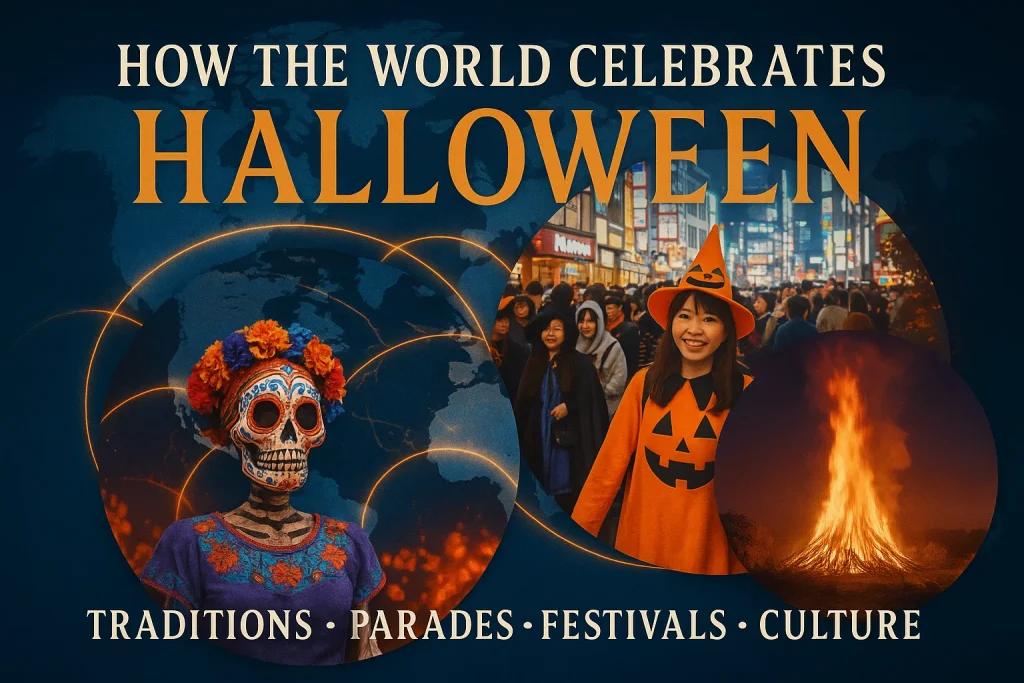
Why Halloween Events Are Important
Halloween brings people together through imagination, storytelling, and fun. It allows children to express creativity, adults to relive their childhood excitement, and communities to connect.
The holiday also helps people explore fear in a playful way. It shows that the unknown can be entertaining rather than frightening. At its heart, Halloween celebrates the joy of transformation, the power of creativity, and the warmth of community spirit.
Frequently Asked Questions
1. What are the most popular Halloween events?
Popular Halloween events include trick-or-treating, haunted houses, costume parties, ghost tours, and pumpkin festivals. Many towns also host community parades and family-friendly fairs.
2. Where did Halloween come from?
Halloween originated from the Celtic festival of Samhain, which celebrated the end of harvest and the beginning of winter. It later merged with Christian traditions and spread worldwide.
3. What is the most popular Halloween candy?
Reese’s Peanut Butter Cups are often considered the most popular Halloween candy in the United States, followed by Snickers, Kit Kat, and M&Ms.
4. What is the fear of Halloween called?
The fear of Halloween is called Samhainophobia. It refers to anxiety or fear triggered by Halloween themes, decorations, or events.
5. What is the weather like on Halloween?
In most places, Halloween weather is cool and crisp. Temperatures vary by region, but in the Northern Hemisphere it usually feels autumnal, with chilly evenings and sometimes light rain.
6. How can I celebrate Halloween sustainably?
Use reusable costumes and decorations, avoid plastic waste, and support local markets. You can also make your own décor using recycled materials.
7. Why do people love Halloween?
People love Halloween because it allows them to be creative, social, and expressive. It’s a fun escape from everyday life and a way to enjoy imagination without judgment.
Conclusion
Halloween is more than a single night of costumes and candy. It is a cultural celebration that combines history, creativity, and togetherness. From its ancient origins to modern trends, Halloween continues to evolve while keeping its magical charm.
Whether you join a haunted attraction, visit a pumpkin patch, or host a quiet movie night, Halloween offers countless ways to celebrate. It is a reminder that even in the darkness, there can be joy, laughter, and community.


